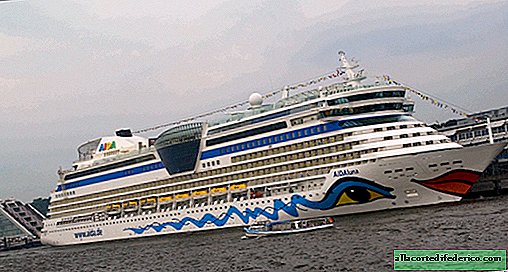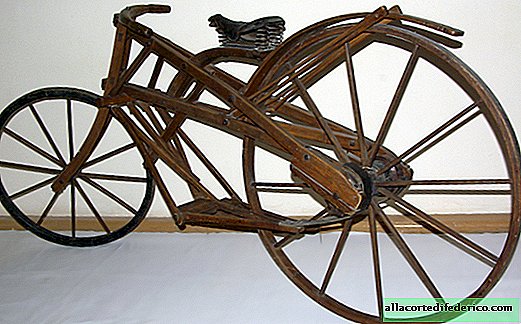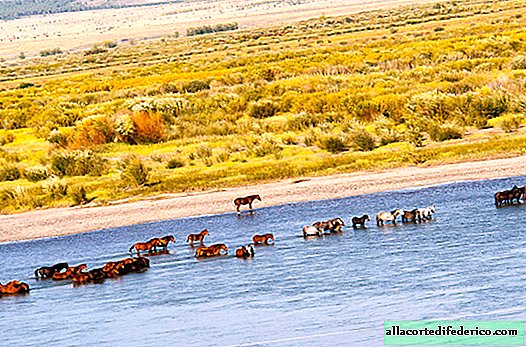Back to the Future: Why Ships Re-Use Wind Energy
In the first half of the 20th century, engineers and shipowners realized that sailing ships could no longer compete with ships equipped with engines. Thus, the era of sailing ships came to an end, which used wind power to move and could not compete in speed and maneuverability with new generation vessels. But modern environmental realities have forced engineers to once again pay attention to the use of wind power for the implementation of sea freight.

According to experts, the global merchant fleet has about 50,000 vessels belonging to different countries of the world. Of course, oil tankers and container ships that plow the vast expanses of the oceans do not release as many pollutants into the air as industrial enterprises or thermal power plants, but environmentalists have also recently paid attention to them. For example, the International Maritime Organization under the auspices of the United Nations calls for reducing emissions from maritime transport by 50% by 2050. According to engineers, wind power can compete with fuel oil and other fossil fuels. But, of course, one should not wait for the mass production of old sailing ships: rotary sails enter the arena.


The operation of the turboparus is based on the Magnus effect. When the cylinder rotates, crosswind flows flow around it, and as a result, a force is generated that is directed perpendicular to the main direction of the air flow and pushes the ship forward. The use of air flows saves fuel and, consequently, reduces the amount of pollutant emissions into the atmosphere.


















